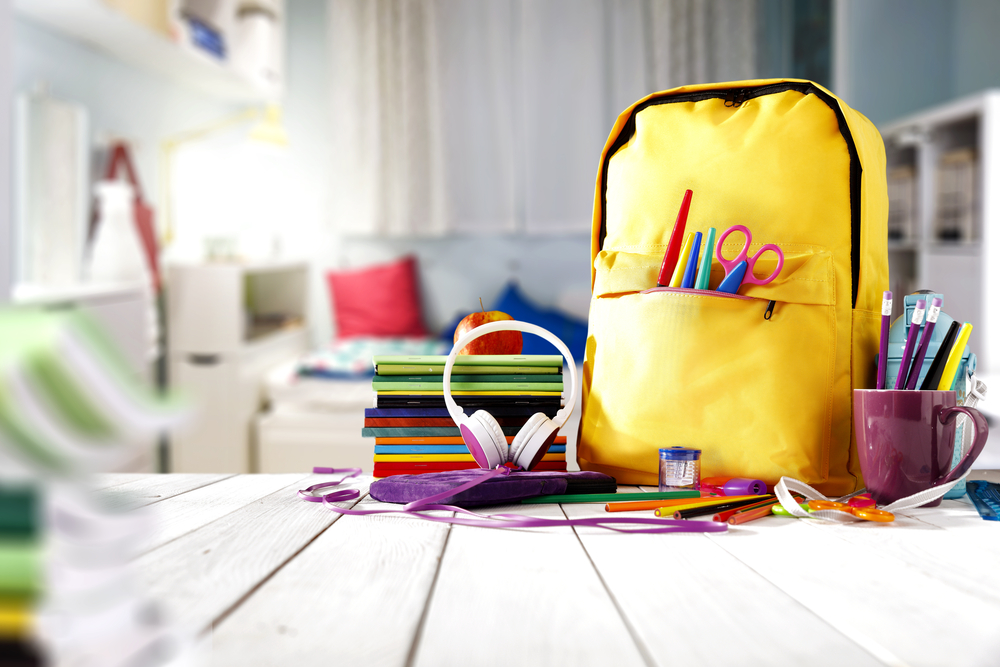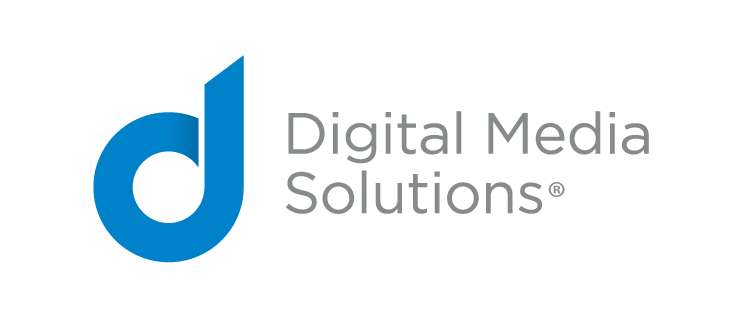
This school year brought a series of new scenarios for students and parents as schools began reopening during the pandemic. As the coronavirus crisis evolves, schools may need to shift between learning models, creating uncertainty and a need for a wide range of school supplies, which could push back-to-school spending to record highs.
A recent National Retail Foundation (NRF) survey reported that, with the continued growth and reliance on online learning, consumers will require unique solutions to meet new technology and home learning environment demands. After remaining relatively flat since 2016, consumer back-to-school spending is projected to jump 13% this year as home “classrooms” outfitted with expensive electronics may be replacing many of the traditional backpacks, lunchboxes and pencil cases. From parents buying a majority of their school supplies online to the transition toward a demand for more technology tools to an extended back-to-school shopping season as schools start late and parents and kids figure out what supplies really needed, brands are adjusting their traditional back-to-school marketing campaigns to align with shifting consumer behaviors and needs.
Growth In School Supply Spending
According to the NRF annual survey, the average family with a K-12 student plans to spend $789.49 on school supplies this fall, and the average family with a college-age student plans to spend $1,059.20. These spending projections reflect almost a $100 increase per family compared to 2019, with spending expected to reach a record $33.9 billion nationwide. The NRF back-to-school survey revealed that 55% of families expect their students to do at least part of their learning online this year. This fact, along with concerns that children fell behind academically last spring, could be fueling spending increases.
Learning From Home Drives Back-To-School Shopping Growth
The NRF survey projects that technology tools will garner the largest share of the 2020 back-to-school spending, with 33% of those surveyed expecting to purchase a laptop and 15% expecting to purchase a tablet. Back-to-school spending is also expected to grow on other electronics, with 22% of families expecting to purchase speakers or headphones, 17% to purchase printers and 21% to purchase other technology accessories. Many families plan to purchase office furniture, such as desks and shelving units, to create makeshift classrooms at home. Spending on traditional school supplies, like pencils and paper, is expected to rise also, with the average family spending $131.37, up from $117.49 last year. NRF projects that the only segment expecting to see a drop in spending this year is the back-to-school clothing market, as some students head to the kitchen table rather than the classroom to learn.
Top Brands Alter Their Back-To-School Campaigns
The back-to-school shopping season may last longer this year, reports Fox Business. As schools pivot between various learning models in response to the evolving pandemic, families will likely continue spending well into the fall season. In addition, the pandemic continues to influence shoppers to purchase online this fall. According to CNBC, parents plan to spend 37% of their overall back-to-school budget online, up from 29% in 2019. “With consumers cautious about how much time they spend out in public, there is likely to be less going store to store to comparison shop this year,” Prosper Insights Executive Vice President of Strategy Phil Rist said.
According to Marketing Dive, campaigns from Target, Walmart and Kohl’s that show, but don’t dwell on, empathy for this year’s uncertainty have seen a positive response from consumers. Walmart’s back-to-school ad shows kids marching to the Temptations song “Get Ready,” heading both into school and the living room to learn. The Walmart commercial reminds consumers of Walmart’s safe options to shop, with online ordering and home delivery in addition to curbside pickup. Kohl’s back-to-school campaign features upbeat music, colorful graphics and the claim that they have everything kids need, “whether they are heading back or logging in.” One of Target’s back-to-school ads features technology needed for the home classroom with the double entendre, “home room check.”
Social Media And Email Could Help Marketers Convert More Back-To-School Shopping Consumers
Especially because it is likely parents will need to do more than one shopping trip this back-to-school season, more consumers will be searching for products online to avoid unnecessary trips to brick-and-mortar stores. Marketers can capitalize on this expanded behavior to build and maintain more relevant digital relationships with their target consumers.
Because back-to-school shopping consumers are less likely to physically be going store to store to comparison shop this year, they may be more likely to review prices from one ecommerce website to another while weighing online purchases. Retail and brand marketers can tailor their back-to-school messages on their social media pages and within email campaigns to reflect product offers and savings incentives.
Consumers are expected to prioritize three factors when back-to-school shopping this year: product availability, convenience and price. In response to those expectations, NRF Senior Director of Industry and Consumer Insights Katherine Cullen said, “Many brands and retailers are trying to be very upfront with what’s in stock, what to expect if you do decide to go to the store and what you can order online.”
Back-to-school shopping is different this year. Brands hoping to connect with back-to-school shoppers should aim to build and maintain relationships with target audiences digitally, providing a resource that makes back-to-school shopping as easy as it can be for consumers. With learning landscapes shifting in 2020, parents are ready to spend more and to spend more often, but they will be looking to shop strategically to stretch their spending.
Seeking New Ways To Maximize Your Customer Acquisition?
Digital Media Solutions (DMS) is a technology-enabled, data-driven performance advertising solutions provider connecting consumers and advertisers. Contact DMS today to learn how our first-party data asset, proprietary technology and expansive digital media reach can help you scale your customer acquisition results.



